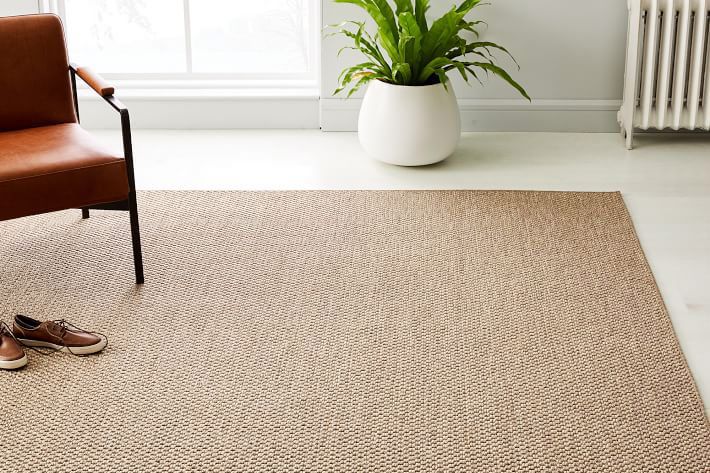Rugs Buying Guide For The General Mass From A Rug Store
If you're looking for a rug buying guide, it covers many of the same problems as the carpet buying guide. If you're among the majority of people who are confused when it comes to purchasing a rug that is suitable for your home or office space, this might be the ideal spot to learn the truthful information related to buying rugs.
The guide on buying rugs is a compilation of important points that could prove as a tremendous help to those who are new to buying rugs. When it comes to the rug buying guide, an easy and concise guideline for the components used in the creation of rugs is vital to be able to choose high-quality rugs. You can buy premium quality rugs by Source Mondial in Auckland.

Image Source: Google
There are two kinds of materials utilized to create rugs, natural and synthetic. The natural materials are wool, silk and cotton. Synthetic ones are those which are manufactured chemically. In this section, the rug buying guide will assist the novice rug buyer be aware of the reasons why they should not opt for rugs that are made from synthetic materials.
Rugs made of synthetic materials release chemical gasses and can cause allergies and infections of the skin. They are extremely dangerous for children, since they have a tendency to have extremely sensitive skin. Be aware that a rug made with care should be knot-per-square inch density greater.
This guide to buying rugs provides some information about the high quality of the rugs which should be assessed when purchasing rugs made of high-quality. It is evident that the rugs appear attractive with a bright appearance and could be soft to the touch.
